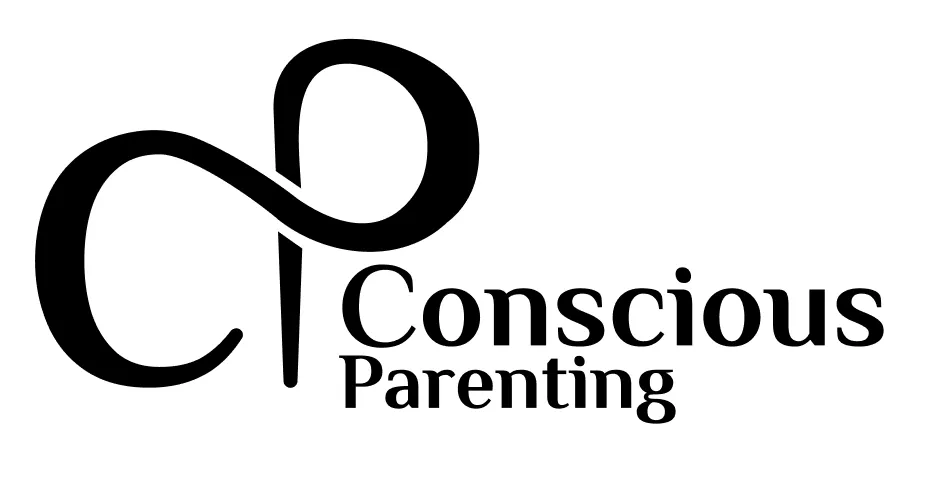
Cyberbullying
Cyberbullying
Cyberbullying is a form of bullying that takes place online through digital devices such as smartphones, tablets, and computers. It can happen through social media platforms, messaging apps, gaming platforms, and other online spaces. For children, cyberbullying might involve hurtful messages, mean comments, or teasing in a group chat, or exclusion from online activities such as games. Children can be both targets of cyberbullying or, unknowingly, participants in it. For teens, cyberbullying is often more complex and intense than what younger children experience. As teens are more engaged in social media, texting, and online communities, cyberbullying can be more pervasive, persistent, and emotionally damaging.
There are several important risks associated with cyberbullying for young children and teens:
1. Emotional and Mental Health: Cyberbullying can lead to anxiety, depression, low self-esteem, and feelings of isolation. Children’s and teen’s brains and social skills are still developing; even a single incident can make children feel deeply hurt.
2. Social Isolation: Children may feel excluded or unwanted in online spaces, which can lead to feelings of loneliness and make it harder for them to build friendships.
3. Self-Image Issues: Constant negative feedback or cruel comments may cause kids to develop a distorted sense of self, affecting their confidence and sense of worth.
4. Academic Performance: Emotional distress from cyberbullying can negatively impact concentration, resulting in poor academic performance or reluctance to attend school.
5. Escalation to Physical Bullying: In some cases, cyberbullying extends beyond the online world and leads to in-person confrontations or physical bullying at school or in social settings.
6. Long-Term Impact: Continuous exposure to cyberbullying may result in long-term emotional trauma, which can affect children’s relationships and mental health even into adulthood.
According to the CDC suicide rates among adolescents have risen sharply, and in 2022, suicide was the second leading cause of death for those aged 10-24. A study conducted in 2022, identified Cyberbullying as an independent risk factor for suicide, meaning its effects are separate from those of in-person bullying
The NIH-funded research was led by Dr. Ran Barzilay from the Children’s Hospital of Philadelphia used data from more than 10,000 young adolescents with an average age of 12. The participants were enrolled in a long-term study tracking brain development and child health. Results were published on June 27, 2022, in JAMA Network Open.
The study found that almost 9% of the young adolescents reported being a target of cyberbullying, and those who experienced it were significantly more likely to have suicidal thoughts. Less than 1% reported perpetrating cyberbullying, but most of those who did also experienced cyberbullying. Female and Black participants were more likely to be bullied online.
To read more about how to protect your children from cyberbullying click here (see content below).

How to protect your children from Cyberbullying:
Below are some common sense practices you can establish at home to help protect your children from cyberbullying:
Open Communication: Create an environment where your child feels comfortable sharing any concerns. Regularly talk about their online experiences and let them know they can come to you or another trusted adult if something makes them uncomfortable, or if they encounter bullying, without fear of being judged or losing privileges.
Teach Online Etiquette: Explain to your child the importance of treating others with kindness online, just as they would in person. Help them understand the consequences of hurtful behavior, whether they're on the receiving or giving end. Teaching empathy to children and teens can prevent them from becoming bullies themselves.
Set Digital Boundaries: Limit your overall child’s exposure to screens, social media and certain gaming platforms where cyberbullying is common. For young children, it’s advisable to control access to online environments where they could encounter older children or strangers.
Learn more about parental controls hereSupervise Online Activity: While respecting your child’s growing need for autonomy, it is important that parents monitor the apps, games, and websites their child is using. Using parental controls can help limit interactions with unknown users and restrict access to inappropriate content.
Learn more about parental controls hereTeach Resilience and Problem-Solving: Help your child develop coping strategies if they encounter cyberbullying, such as how to avoid impulsive responses, how to block and report the bully, how to seek support from trusted adults, and more (link here to an article about coping mechanisms). For teens, help them understand privacy settings and the importance of protecting their personal information online. Teach them how to block, report, and ignore bullies on platforms they use.
Stay Informed. Keep up with the apps and platforms your child uses. Understand the privacy settings and reporting mechanisms each platform offers. Show your child how to report or block bullies online.
Learn more about parental controls hereModel Positive Online Behavior: Be an example of responsible internet use. Children often imitate the behaviors they see in their parents, so practicing good digital habits is a powerful lesson. For eg. Parents should pay attention to how they interact on social media, choose to respond kindly or avoid interaction altogether. Parents can limit their own screen time at home, and create tech-free zones. Parents can be critical of the content they share; before sharing news or articles, check the source for accuracy. Explain to your child how you verify information to avoid spreading misinformation.
Involve School Authorities: Many schools have anti-bullying policies that extend to online behavior. If the cyberbullying is happening between classmates or peers, involving the school can help mediate the situation.
By maintaining an active role in your child's digital life, providing a healthy example of online behavior, educating them early about online dangers, and helping to develop empathy and coping mechanisms, you can significantly reduce the risks of cyberbullying and help your children navigate online spaces safely.
